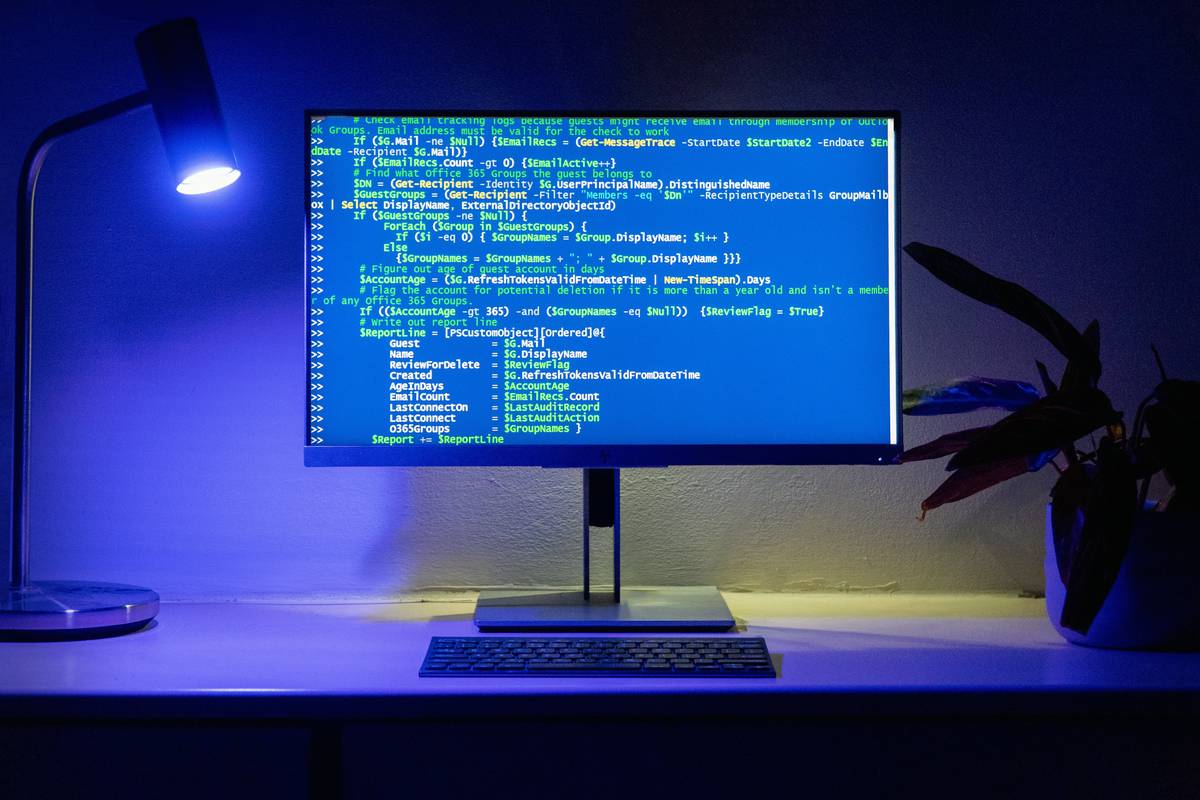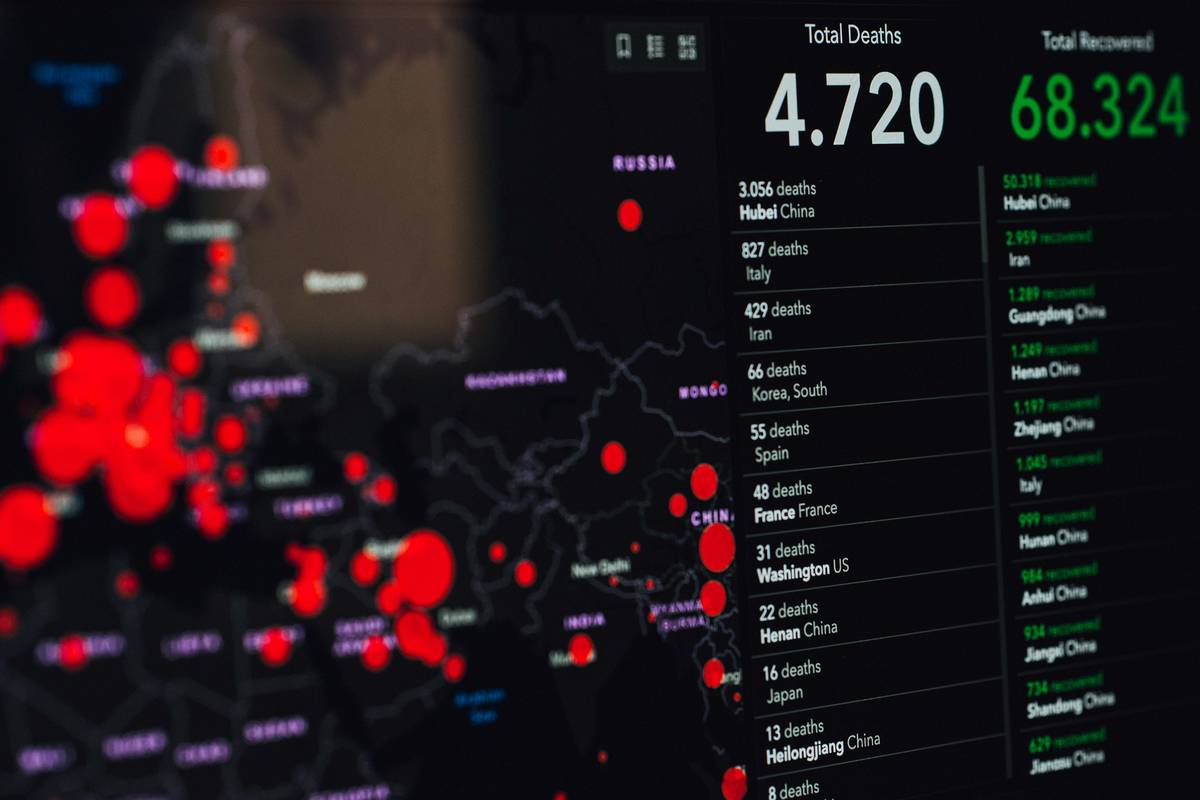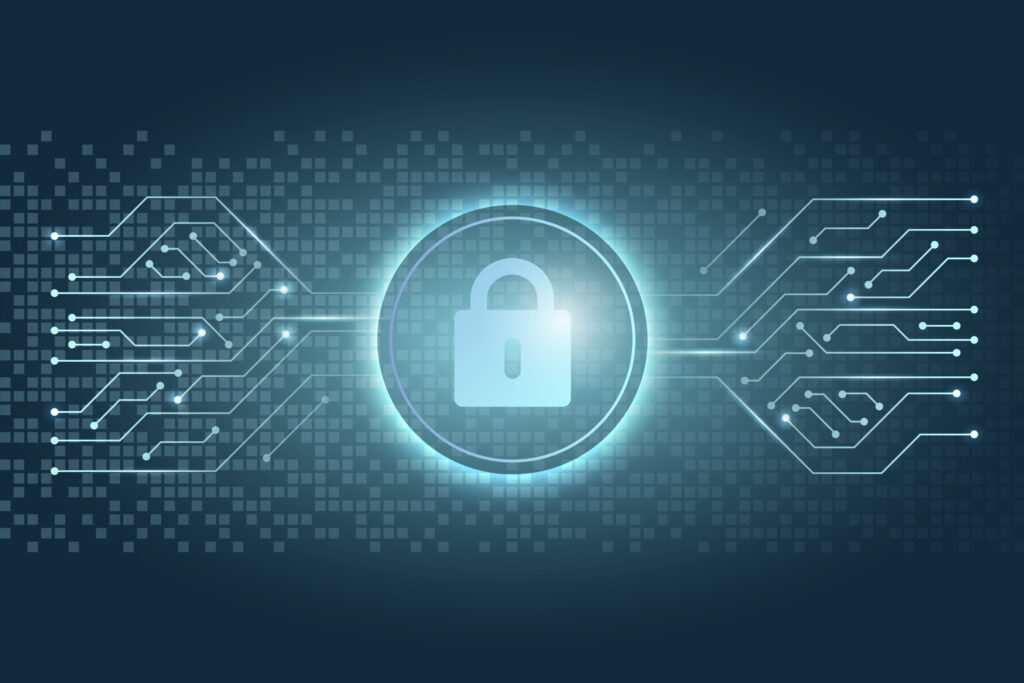Ever wondered why your company’s cybersecurity feels like it’s always one step behind? You’re not alone. In 2023, over 80% of organizations reported facing at least one cyberattack. And guess what? It’s not just about patching up vulnerabilities anymore—it’s about staying ahead with a solid Cybersecurity watchlist.
In this guide, we’ll dive into the biggest cybersecurity hurdles you’re likely to face and how to crush them using your very own Cybersecurity watchlist. Here’s what you’ll learn:
- Why cybersecurity challenges are evolving faster than ever.
- A step-by-step plan to build an effective watchlist.
- Tips to keep your data secure without losing sleep.
- Real-life examples of companies that got it right (and wrong).
Table of Contents
- Key Takeaways
- Why Cybersecurity Challenges Are Your Biggest Worry
- How to Create Your Cybersecurity Watchlist in 5 Steps
- Top Tips for Maintaining Your Watchlist Effectively
- Case Studies: Lessons from the Frontlines
- FAQs About Cybersecurity Watchlists
Key Takeaways
- A Cybersecurity watchlist helps track emerging threats in real-time.
- Automation tools can simplify threat monitoring but require human oversight.
- Regular audits and updates are crucial for maintaining effectiveness.
- Companies ignoring their watchlists risk costly breaches and reputation damage.
Why Cybersecurity Challenges Are Your Biggest Worry
I once worked with a small business owner who thought “cybersecurity” was just some big-corporation buzzword. Fast forward six months—his customer database was hacked, resulting in lawsuits, refunds, and a tarnished brand. Ouch.
Here’s the truth: Cybersecurity isn’t optional anymore. With ransomware attacks increasing by 13% globally last year, businesses of all sizes need a proactive approach. That’s where your Cybersecurity watchlist comes in—a living document or dashboard that keeps tabs on potential threats before they strike.

How to Create Your Cybersecurity Watchlist in 5 Steps
Step 1: Identify Critical Assets
“Optimist You:” “Let’s throw everything onto the list!”
“Grumpy You:” “Hold up—we focus ONLY on critical systems first.”
Start by mapping out your most valuable assets: sensitive data, financial records, intellectual property, etc. These are the crown jewels hackers will target.
Step 2: Choose Reliable Threat Intelligence Sources
No single tool has all the answers. Mix free resources like the FBI’s IC3 reports with premium platforms like CrowdStrike or Palo Alto Networks. Think of it as creating your dream team of digital bodyguards.
Step 3: Set Up Automated Alerts
Use SIEM (Security Information and Event Management) tools to automate notifications when suspicious activity occurs. Pro-tip: Don’t rely solely on bots—human review is key to filtering false positives.
Step 4: Regularly Update Your Watchlist
Threats evolve daily. Schedule weekly reviews of your Cybersecurity watchlist to ensure it stays relevant. Otherwise, you’re basically trying to swat flies with a broomstick.
Step 5: Train Your Team
Your tech might be top-notch, but if employees fall for phishing scams, game over. Implement regular training sessions focused on spotting red flags and updating protocols.
Top Tips for Maintaining Your Watchlist Effectively
- Prioritize Threats: Not every alert deserves panic mode. Focus on high-risk items first.
- Collaborate Across Departments: IT, marketing, legal—they all play roles in safeguarding your business.
- Invest in Scalable Tools: As your organization grows, so should your watchlist capabilities.
- Document Everything: Audits love detailed logs. Plus, they help improve future processes.
- Stay Humble: Even experts get blindsided sometimes. Keep learning and adapting.
Rant Alert: Stop relying on outdated antivirus software! It’s like bringing a butter knife to a gunfight. Upgrade now or prepare for disaster.
Case Studies: Lessons from the Frontlines
Example 1: Colonial Pipeline’s Wake-Up Call
In 2021, Colonial Pipeline suffered a massive ransomware attack due to poor password practices. The lesson? Even giants stumble without proper vigilance. A robust Cybersecurity watchlist could’ve flagged weak credentials early.
Example 2: How a Small Startup Survived Zero-Day Attacks
A fintech startup dodged catastrophe thanks to its agile watchlist system that detected unusual network behavior. They acted swiftly, isolating affected servers and preventing further damage.
FAQs About Cybersecurity Watchlists
Q: Is a Cybersecurity watchlist really necessary for my business?
Absolutely. Whether you’re a solopreneur or multinational, proactive measures save time, money, and headaches later.
Q: Can I manage a watchlist manually?
Technically, yes—but automation saves lives. Literally. Manual tracking = missed signals.
Q: What’s the worst advice regarding watchlists?
Assuming “set it and forget it” works. Your watchlist demands consistent care—if neglected, it becomes useless fluff.
Conclusion
Cybersecurity isn’t a solo mission—it’s a marathon requiring constant attention. By implementing a well-thought-out Cybersecurity watchlist, you gain clarity, control, and peace of mind. So grab your favorite coffee mug (because caffeine fuels resilience), roll up those sleeves, and start building yours today.
Pro tip: Just don’t make my mistake of forgetting updates during crunch time. Sounds like regret echoed through endless Zoom meetings—ugh.
Like dial-up internet, outdated strategies belong firmly in the past. Stay sharp, stay safe, and remember: A watched server never boils over… unless there’s malware involved!
Random Haiku Moment:
Data streams silently,
Threats lurking in shadows,
Watchlist saves the day.


